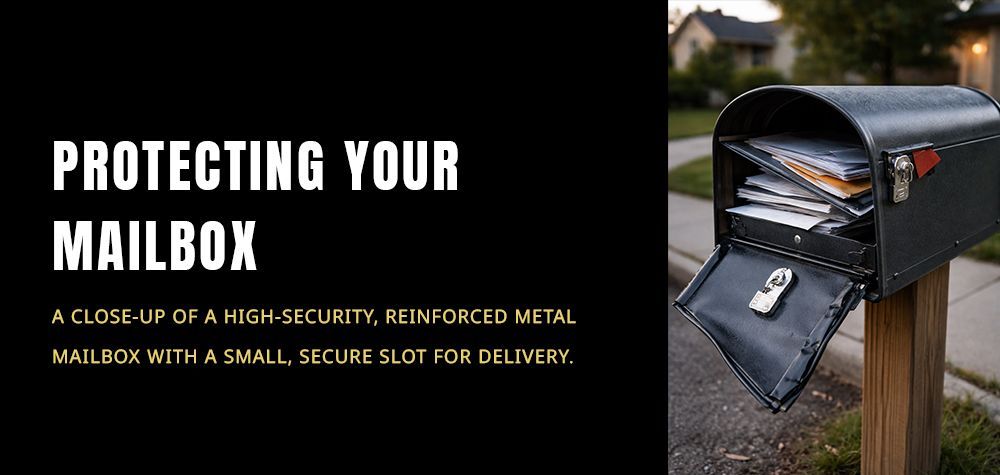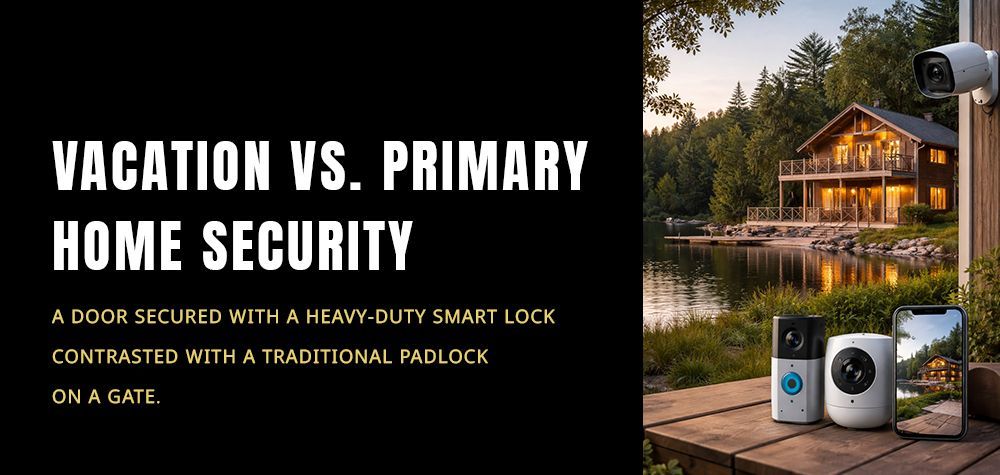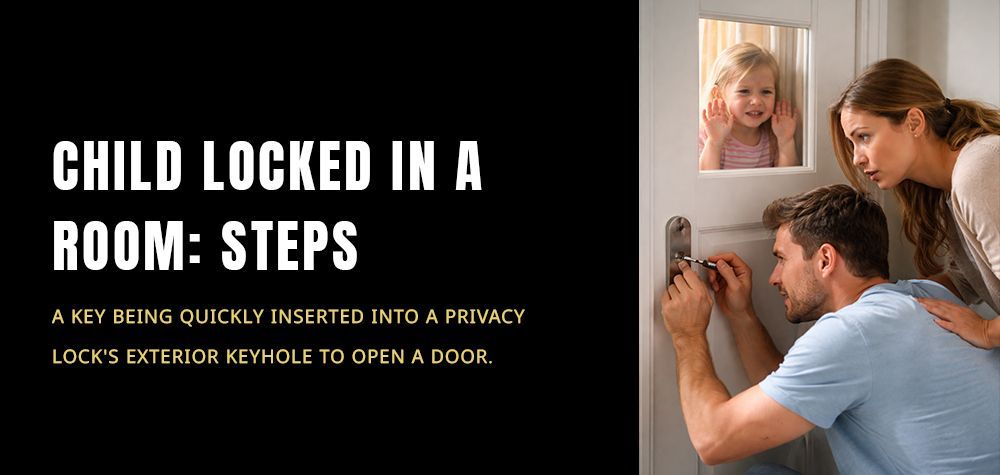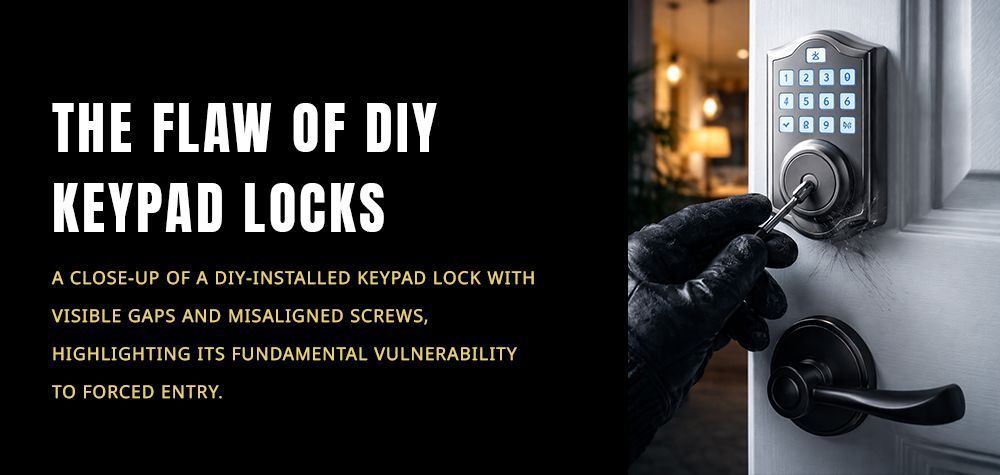How to Tell If a Lock Has Been Tampered With
Locks are the first line of defense between your valuables and potential intruders. But what happens if someone has already tried to break through that defense? A tampered lock is not always obvious at first glance, yet it’s a major red flag that your property may be at risk. Whether it’s your front door, business premises, or even your car, learning how to spot the signs of tampering can help you act quickly to protect yourself and your belongings.
In this guide, we’ll cover the most common signs of lock tampering, the techniques intruders use, and the steps you should take if you suspect your lock has been compromised.
5 Essential Locksmith Services for Small Business Owners
Why Would Someone Tamper With a Lock?
Lock tampering usually happens for two main reasons:
- Attempted Break-In: Someone tried to gain unauthorized entry but failed.
- Reconnaissance: A criminal might test your locks to see how easy they are to manipulate, planning to return later.
In either case, a tampered lock is not something to ignore—it’s a strong signal that your security may be under threat.
Common Signs That a Lock Has Been Tampered With
1. Visible Scratches Around the Keyhole
Fresh or deep scratches around the keyhole or doorknob can indicate that someone tried to pick the lock with tools. Normal wear and tear usually produces smooth, faded marks, while tampering leaves rough, inconsistent scratches.
2. Loose or Wobbly Lock Cylinder
If your lock feels loose or jiggles in place, it may have been tampered with. Burglars sometimes try to drill or forcefully twist the cylinder, leaving it unstable.
3. Bent or Damaged Keyhole
Look closely at the shape of the keyhole. If it appears distorted, bent, or shows signs of force, it could mean someone used a screwdriver or other prying tool to try and open it.
4. Shiny Metal Shavings or Debris
Finding small metal shavings near your lock is a red flag. This often means a criminal attempted drilling, which grinds away part of the lock mechanism.
5. Difficulty Turning Your Key
If your key suddenly feels harder to insert or turn, that could signal internal damage from tampering. Picking or forced entry attempts can misalign the lock pins, making it tricky for even the correct key to function.
6. Unusual Marks on the Door or Frame
Beyond the lock itself, check for pry marks, dents, or chipped paint on the surrounding door frame. Intruders often use crowbars or similar tools to try and force entry.
7. Lock Doesn’t Work as Smoothly as Before
If your lock used to turn smoothly but now feels stiff, sticky, or inconsistent, tampering might have damaged the internal mechanism.
Why Commercial Panic Bars Are Required by Code
Common Lock Tampering Methods
Understanding how locks are tampered with can help you recognize the signs:
- Lock Picking: Using tension tools and picks to manipulate pins. Leaves fine scratches.
- Lock Bumping: Inserting a specially cut "bump key" to force pins into alignment. Often leaves tiny indentations.
- Drilling: Criminals drill into the cylinder to disable the mechanism. Leaves shavings and visible holes.
- Prying or Force Entry: Using brute force with screwdrivers or crowbars. Leaves dents, bends, and chipped paint.
What to Do If You Suspect Lock Tampering
1. Don’t Ignore It
Even if the damage seems minor, tampered locks mean your property was targeted.
2. Document the Evidence
Take clear photos of the lock, keyhole, and surrounding areas. This can help if you need to file a police report or insurance claim.
3. Check for Other Signs of Intrusion
Inspect windows, other doors, and valuables inside. Sometimes burglars leave behind small clues if they entered—or if they plan to return.
4. Replace or Rekey the Lock Immediately
A damaged lock is weaker and easier to compromise again. Depending on the severity, you may need to rekey the lock or replace it altogether with a stronger option.
5. Consider Upgrading Your Security
- Install high-security deadbolts that resist picking and drilling.
- Add reinforcement plates to door frames.
- Use smart locks with alerts for tampering attempts.
- Install security cameras to deter future attempts.
6. Contact a Professional Locksmith
A licensed locksmith can inspect the damage, advise you on whether a repair or replacement is best, and install better security solutions to prevent repeat attempts.
Final Thoughts
A lock that’s been tampered with is never something to take lightly. By knowing the warning signs—scratches, loose cylinders, bent keyholes, or difficulty turning your key—you can catch the problem early and protect your home or business from intruders.
If you notice anything unusual about your locks, don’t wait until it’s too late. Call a trusted locksmith, strengthen your security, and give yourself peace of mind.
Call Us Any Time!









